The turban, the traditional headdress of India, is often an object of confusion. As previously noted in our study of the Arabian headdress known as the keffiyeh, the two are often confused. And while they may have a shared origin, and both are made from cloth these two are very distinct.
Turbans can be found in South Asia, Southeast Asia, the Middle East, the Arabian Peninsula, North Africa, the Horn of Africa and parts of the Swahili Coast.
Throughout the Indian subcontinent for centuries the wearing of turbans has been common among Sikhs, who refer to it as a Dastar. In certain other faith communities, the headgear also served as a religious observance, including among Muslims, who regard turban-wearing as Sunnah Mu’akkadah (Confirmed Tradition).
In India the turban is referred to as a pagri, which also indicates that it is traditionally tied. There are several styles, and here is where the confusion really begins. In the Indian Army following the Indian Mutiny all Muslim and Sikh sepoys and sowars – infantry and cavalry respectively – wore a turban but the styles differed, while various Hindus also wore turbans, typically following the Muslim style.
Generally there are about 12 key variations in the type of headdress that were worn by the Indian Army during the period of the British Raj.
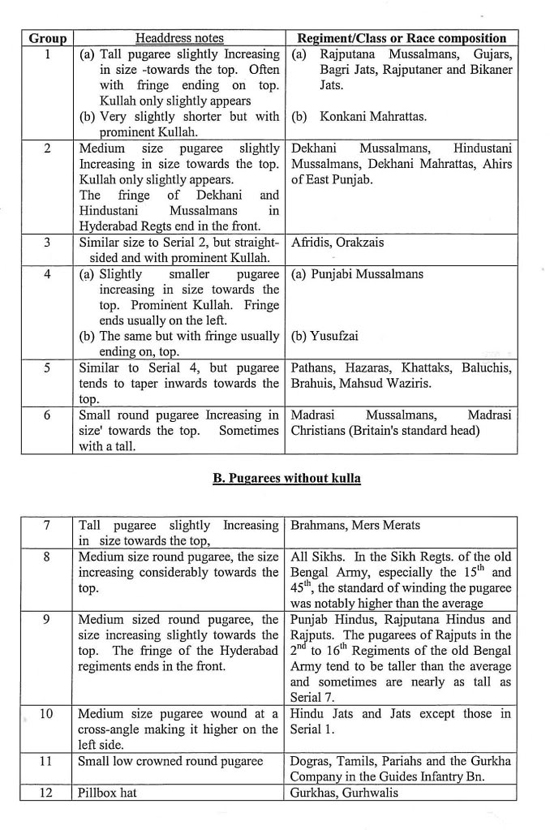 Additionally this pre-World War II illustration breaks down the various types of turban styles that were worn by the Indian Army:
Additionally this pre-World War II illustration breaks down the various types of turban styles that were worn by the Indian Army:
Major R. Money Barnes wrote in his book Military Uniforms of Britain & The Empire, published by Seeley Service & Company (1960):
“The winding of military puggarees had become a skilled accomplishment and, throughout the Indian Army, there must have been scores of different styles, each instantly recognizable by those who knew them. The variety of patterns in one regiment was due to the class-company system, which dated from after the mutiny of the Bengal Army in 1857.”
What is notable is that even to those who didn’t know a particular unit could easily tell a Muslim (Mussalmans in the period vernacular) from a Sikh. As noted in the table above, Muslims wore a Khulla (kulla) – a cone of sorts, which the turban’s pagri was wrapped around. A shamla provided additional identification for the unit.
The original Khulla’s were made of wicker or straw covered in cloth and were thus offered a reasonable hard type of cap. Into the 20th century these were produced solely in cloth, typically khaki, but versions in gray and blue can also be found.
Sikhs soldiers wore – and continue to wear – pagri that is wrapped around the head without a khulla. In both World War I and World War II it was common for these soldiers to forego wearing a steel helmet as a result.
By the start of World War II typically only Sikhs continued the tradition of wearing turbans into combat, although turbans of various styles are used in both India and Pakistan today.
Gallery of Turban Development
Peter Suciu

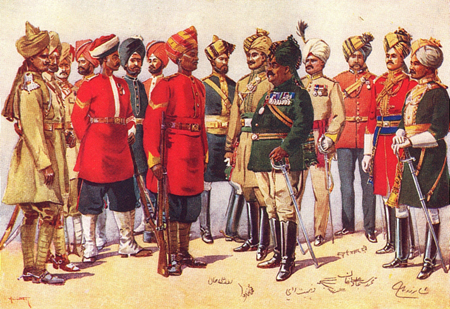
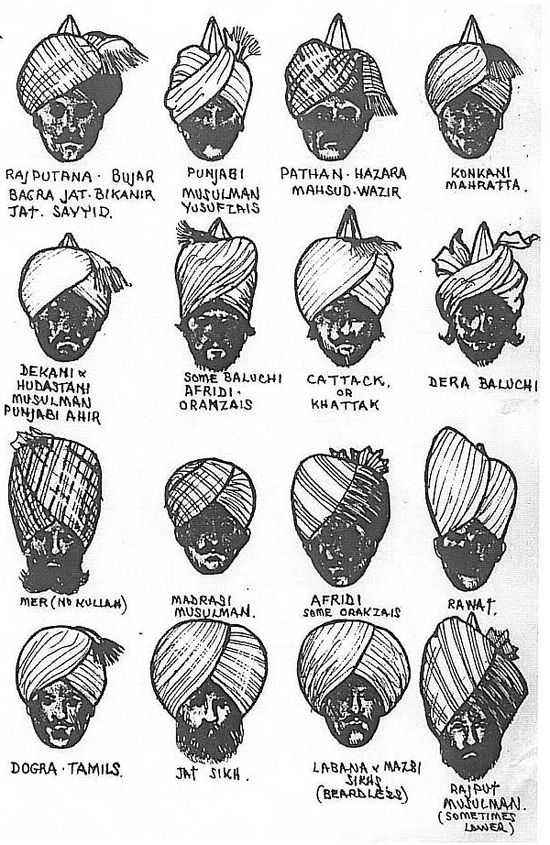
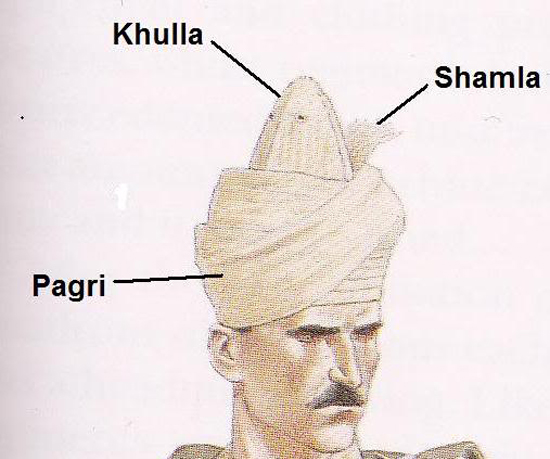
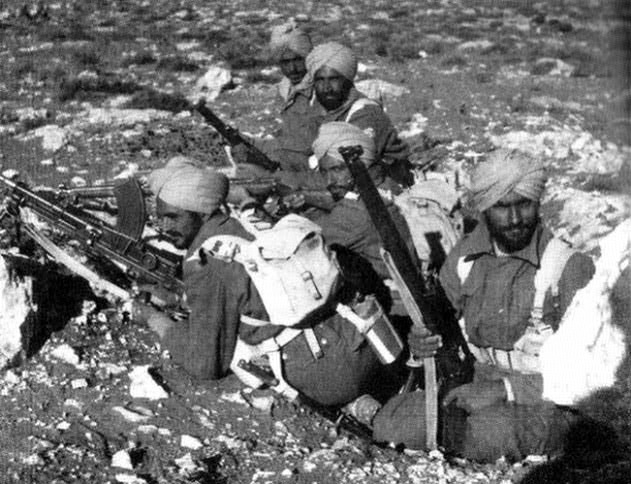
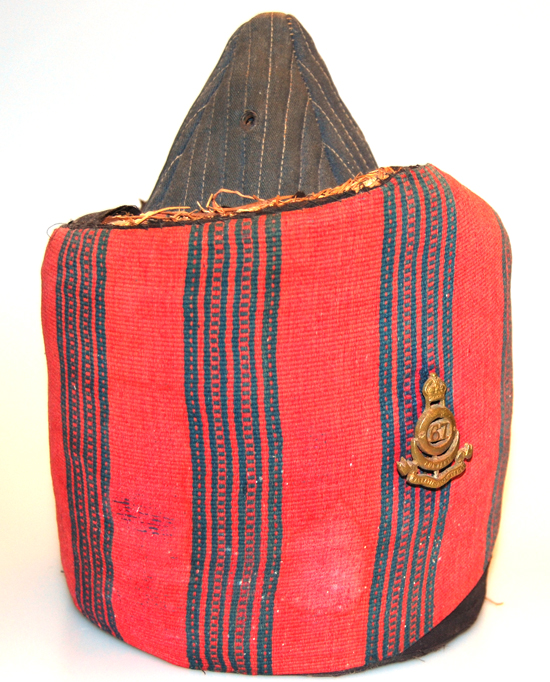
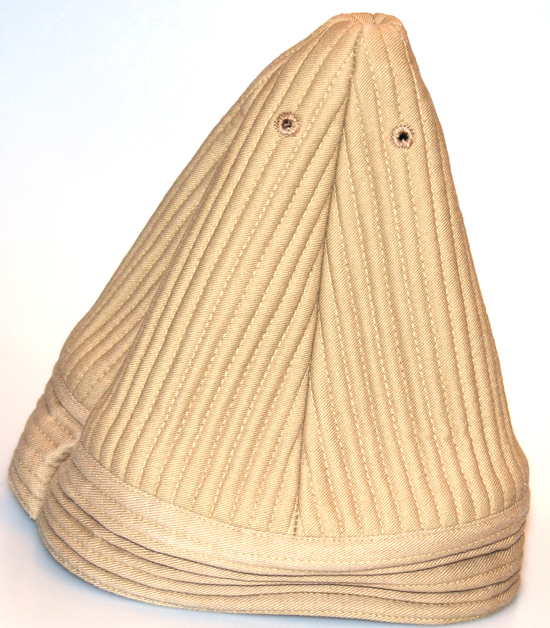
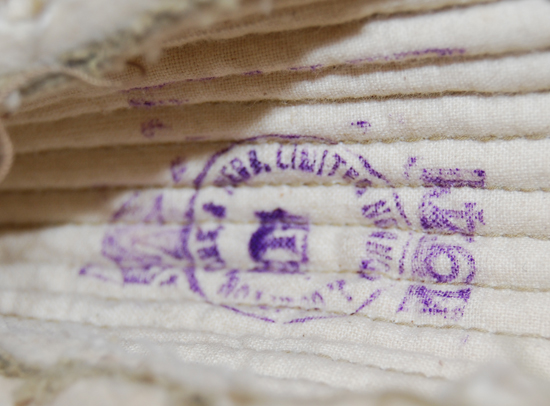
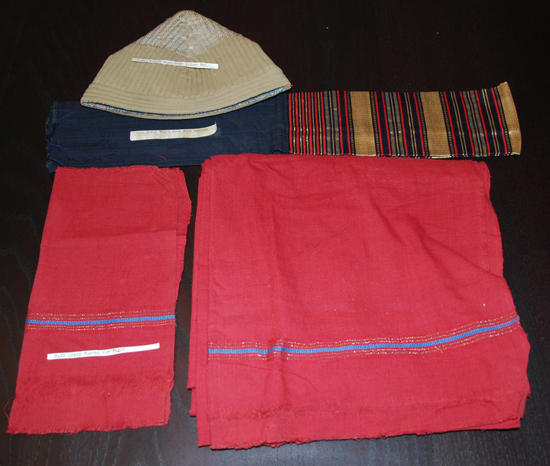
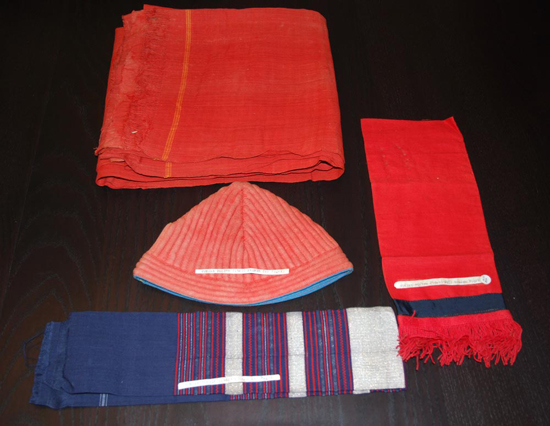
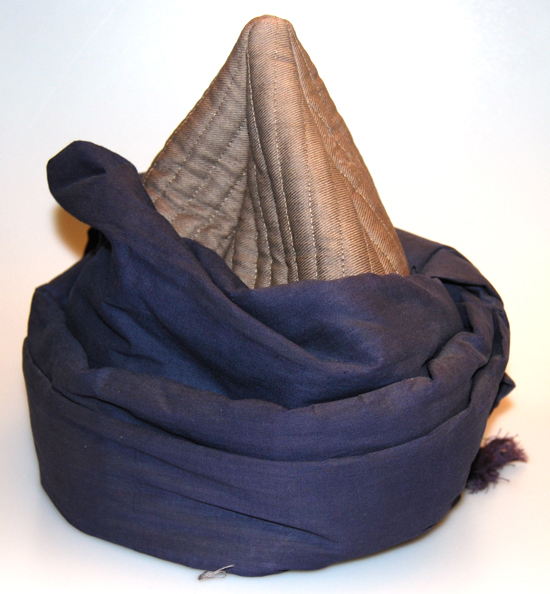
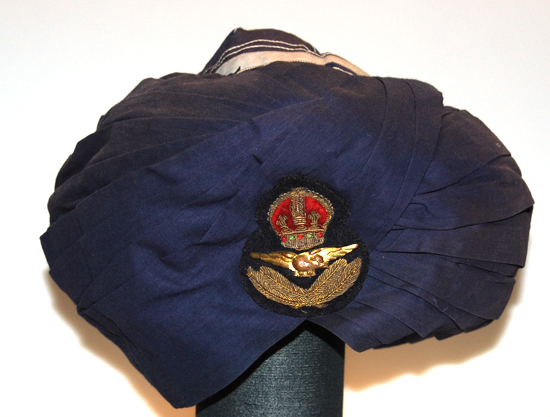
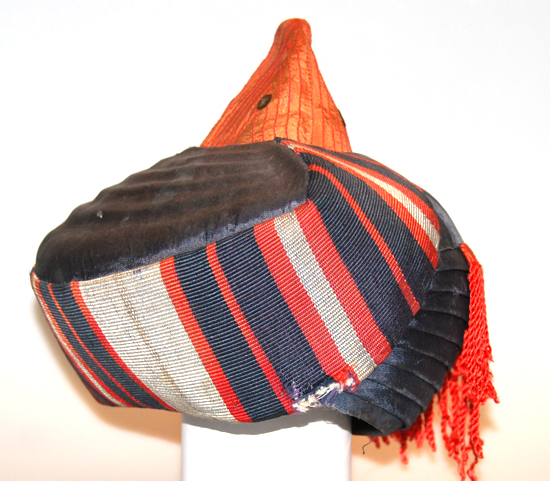
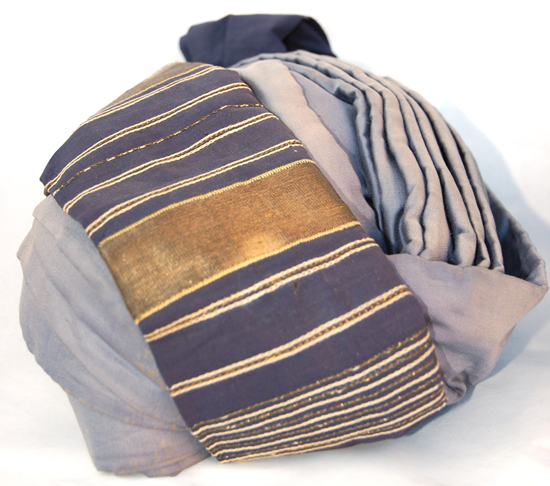
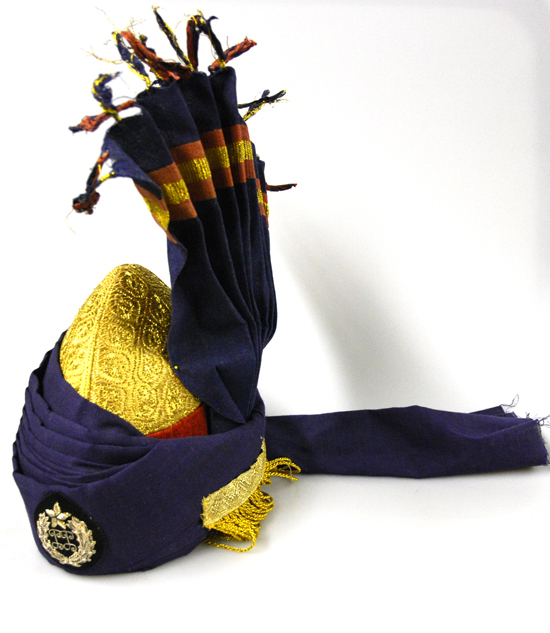
hi
I want to ask you if I can buy the hat kulla hat the goold one “Punjab Police dress turban of the style used today in Pakistan”
It can still be bought in various places in Pakistan. Though I’ve found that despite its similarity, it’s not of the same quality.
My great great grandfather, great grandfather and grandfather all wore this style of imama, or ‘kulle aala pagri’ and I still wear it today. I also use the white cloth, and the length I refer for it is a cloth that is 7 gaz.
I remember my father used to wear one of these in late 50s and 60s. It resembled like one which the Punjab Police of Pakistan wears, but the Pugree or the cloth around the Kulla was white in color. One such Pagree was worn by Nawab Of Kalabagh, the then Governor of West Pakistan Malik Amir Muhammad Khan. I also remember that it was called ‘Patkha” and not Pagree.
To my understanding Pagree or Paggar was without the Kulla, the difference was in the size of the two. With Kulla and an erect cloth in front and another hanging on the back, fully starched,was known as PATKHA. Some one can correct me.
There are two bright spots for all those considering homemade renewable
power systems. Further, even when solar and wind generation increases at 10% year-over-year for the next
three decades just like the expansion of China, it still will not equal the
volume of coal that individuals use. However even though many
renewable power option is best suited for big scale
generation, wind turbines have become successful when reduced with a size
suited to home wind power and are creating a big contribution in your household’s electricity requirements.
Good day!
You Need Leads, Sales, Conversions, Traffic for militarysunhelmets.com ? Will Findet…
I WILL SEND 5 MILLION MESSAGES VIA WEBSITE CONTACT FORM
Don’t believe me? Since you’re reading this message then you’re living proof that contact form advertising works!
We can send your ad to people via their Website Contact Form.
IF YOU ARE INTERESTED, Contact us => lisaf2zw526@gmail.com
Regards,
Buzzard
Hi there every one, here every person is sharing such know-how,
therefore it’s good to read this website, and I used
to go to see this webpage all the time.
Hi there, I’m trying to paint some indian figures for ww1 wargamers. Can anyone tell me if the shamla, and occasionally the khulla, would be in colours other than khaki in the field..?
Mick,
The Indian Army of WWI is not my area of special expertise but my educated guess that if any WWI Indian infantry or cavalry did wear their full color turbans in place of the khaki version while in action on the Western Front or in East Africa or the Middle-East, they were a rare exception to the rule.